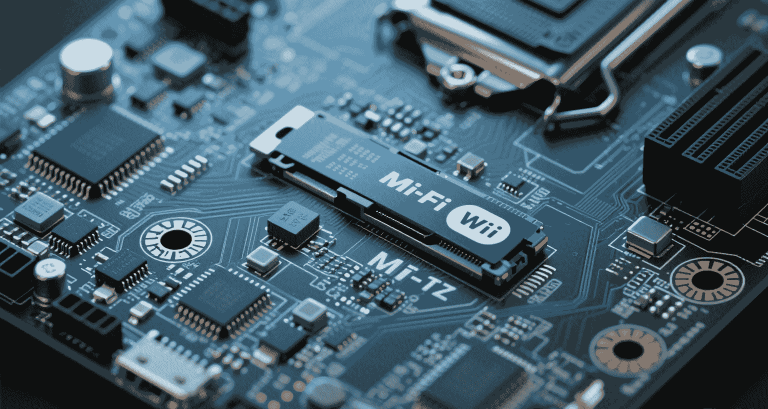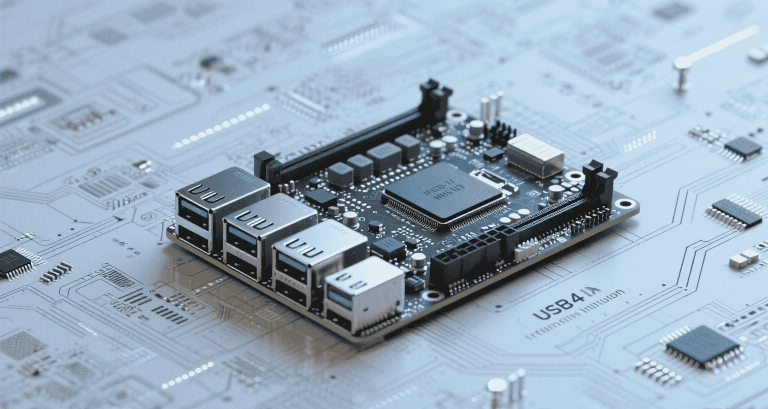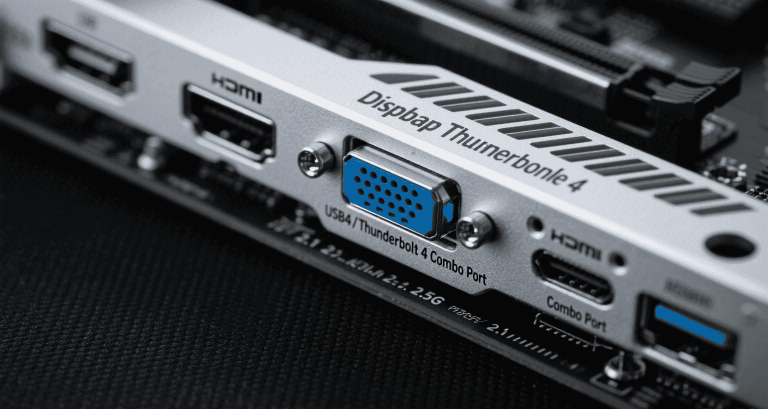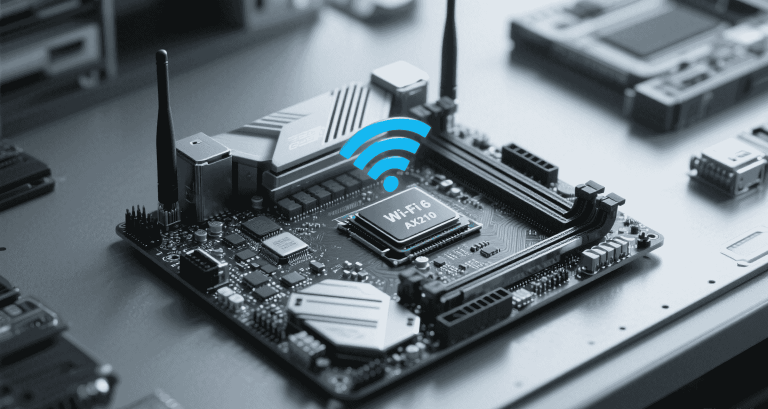Is it Better to Have 5G or LTE?
Discover if it's better to have 5G or LTE for your devices. Explore the benefits for AR, VR, IoT devices, and the impact of radio waves.
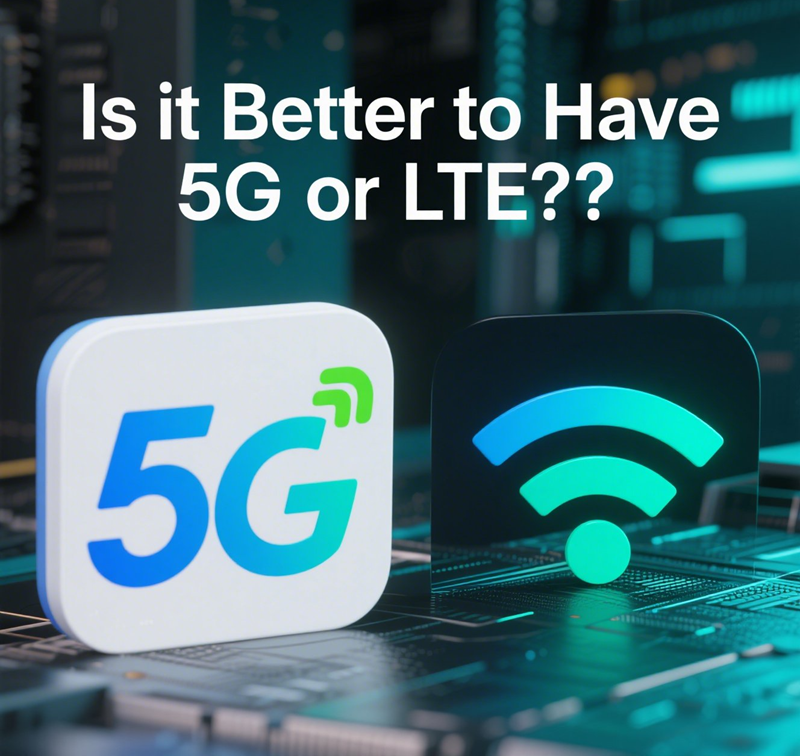
Table of Contents
- Introduction
- What Is 5G
- What Is LTE
- 5G Versus LTE Speed
- Latency Comparison
- Coverage and Reliability
- Urban Versus Rural Use
- Power and Compatibility
- Use Cases in Manufacturing
- Differences Between 5G and LTE
- MiniITXBoard 5G and LTE Solutions
- Which One Should You Choose
- Questions and Answers
- Conclusion
Introduction
This page explains 5G and LTE clearly. We compare their most important features like speed, delay, battery use, and device support. By the end, you’ll know which one fits your situation best.
What Is 5G
5G is the fifth generation of mobile networks. It builds on 4G (LTE) but is much faster and smarter. 5G works on three frequency bands:
- Low-band (sub‑6 GHz): covers wide areas, speeds of 5–250 Mbps.
- Mid-band (1.7–4.7 GHz): range of several kilometers, speeds of 100–900 Mbps.
- High-band (mmWave): very fast (up to 20 Gbps in labs), but very short range.
5G uses network slicing, massive MIMO, and edge computing to be faster, handle low delay, and connect many devices.
What Is LTE
LTE, or Long‑Term Evolution, is what most people call 4G. It’s the standard mobile network for years. Typical speeds are:
- Up to ~300 Mbps download with LTE-Advanced.
- Upload up to ~75 Mbps.
- Latency around 20–40 ms.
LTE works well on most phones and has wide coverage, even in remote areas.
5G Versus LTE Speed
5G is much faster than LTE:
- Lab speeds up to 10–20 Gbps.
- Real‑world mid‑band speeds often 3× faster than LTE.
- LTE peaks around 300 Mbps with LTE‑Advanced.
Faster 5G means streaming, downloading, and gaming get much better.
Latency Comparison
Latency is how fast data goes back and forth:
- 5G: can be as low as 1 ms in ideal cases.
- LTE: usually 20–40 ms.
Very low delay 5G is great for online gaming, video calls, VR, and remote control systems.
Coverage and Reliability
LTE has wide, established coverage across cities and rural areas. 5G is expanding quickly but high-band (mmWave) coverage is limited to small urban zones.
Urban Versus Rural Use
In cities, 5G provides fast speeds and supports many devices. In rural areas, LTE remains more dependable with better signal coverage.
Power and Compatibility
5G may consume more battery and often requires newer phones. LTE is supported by most devices and is more energy-efficient for basic tasks.
Use Cases in Manufacturing
5G helps factories with real-time automation and monitoring. LTE is suitable for basic sensors and connectivity when speed is less critical.
Differences Between 5G and LTE
| Feature | 5G | LTE |
|---|---|---|
| Speed | Up to 20 Gbps (lab) | Up to 300 Mbps |
| Latency | As low as 1 ms | 20–40 ms |
| Coverage | Limited but growing | Very wide |
| Battery Use | Higher | Lower |
| Device Support | New phones needed | Most devices |
MiniITXBoard 5G and LTE Solutions
Our MiniITXBoard platform supports both 5G and LTE technologies. It enables secure, reliable, and high-speed connectivity for IoT devices, smart factories, and edge computing applications.
Which One Should You Choose
Choose 5G if you want top speed, low latency, and are in a city. Choose LTE if you need wide coverage, better battery life, or use an older phone.
Questions and Answers
- Is 5G faster than LTE? Yes, much faster.
- Does 5G have better latency? Yes, 5G can respond in 1 ms.
- Is LTE still useful? Absolutely, especially in rural areas.
- Do I need a new phone for 5G? Yes, most older phones don’t support it.
- Which one is better for gaming? 5G, due to lower latency.
Conclusion
Both 5G and LTE have strengths. Use 5G for performance in areas where it’s available. Stick with LTE for reliability, compatibility, and broader access. MiniITXBoard offers solutions for both, so you don’t have to compromise.

